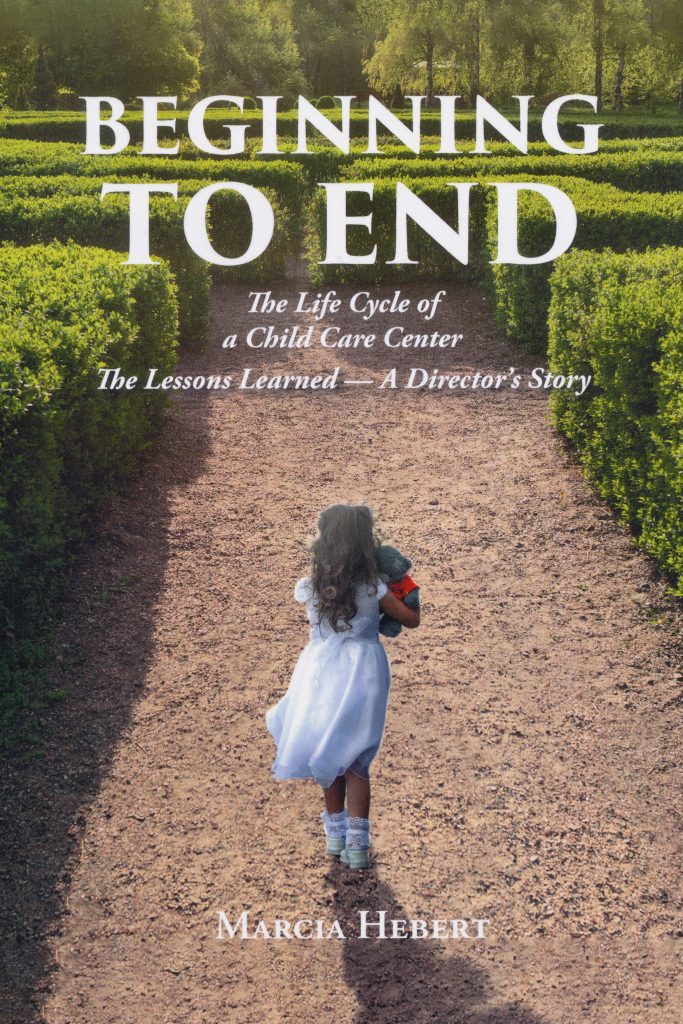
It is not the strongest of the species that survive,
not the most intelligent, but the one most responsive to change.
—Charles Darwin
And, isn’t that the truth
In my work as director of several early childhood programs, one of the important lessons I learned was that the only constant was change! Just when I’d get the staffing set—teachers hired, oriented, trained, and working together as a team—the enrollment would shift. Or, when the enrollment was at capacity, key teachers would make life changes and resign. The balancing act between having the appropriate team of teachers for the enrollment at hand was a constant challenge. It was always back to the drawing board! Over time, though, instead of reacting to it when it happened, I began planning for it in advance. I saved the better resumes from previous hirings and began my new teacher searches, much more quickly, with people we had already interviewed— and liked.
Another important lesson I learned was that problems and situations never arrived one at a time; rather, many happened simultaneously. With teachers, parents, children, and everything that accompanied these three groups—along with the environment, our facility, health and safety, and the budget—the potential for a problem was always there. And, with each situation came the need to take action and, often, make some kind of change. Some were small changes—hardly noticeable—but every now and then, a major overhaul was necessary.
We can’t wait for the storm to blow over,
we’ve got to learn to work in the rain.
—Peter Silas
Not all team members would see these necessary changes the same way. Some would feel insecure, confused, or uncertain. They might also feel a deterioration of trust or a sense of self-preservation. And, while we were making the sound decisions we needed to make for our organization, there was sometimes resistance from a few. This was harmful at first, but it ultimately backfired, because these people were seen by their peers as getting in the way of the solution. These were the people who were really no longer part of the team; the people who could no longer stay. Most on our team accepted that our organization was not changing to make our lives miserable. Rather, they listened and trusted that we were doing the appropriate things, and they grabbed hold of the future. From all of this, a new team was created.
Coming together is a beginning,
Keeping together is progress,
Working together is success.
—Henry Ford
Throughout changes in our own programs, our work as directors will be to communicate, communicate, communicate! When we strongly communicate a clear vision for our organization—even if it changes every week—the vision will keep our teams from drifting. Any silence on our part will be interpreted as unfavorable. In the absence of information, people make things up and, inevitably, it is hurtful and creates panic. As directors, during periods of change, we must force ourselves to be on the front line. Even though we may be reluctant, we cannot hide behind the closed door of our offices—we must get out and be among our team. It will boost morale. Invite people to talk—it will increase our credibility and help us to uncover bad news before it becomes terrible news. When we can’t give answers (because of confidentiality), we can instead promise change, but communicate it carefully—that things will be different; that there is both good and bad news; that I’ll be honest with you. Always, always, always, protect our director credibility.
As the leader of our organizations, what else should we be doing during this time of change?
First, before anything else, we must manage ourselves.
Keep a positive attitude, but be authentic. Be enthusiastic. Be curious about the challenges and possibilities. Be interested in the opportunity to repair, solve, or create.
We must manage our emotions. They affect not only us, but the entire organization.
Keep a lid on venting and expressing ourselves inappropriately. Most importantly, be the leader. Seize the day. People in transition want to be led. Step up to the plate—make the difficult decisions and act on them.
We must also manage our teams, and put a great deal of energy into this! Raise the bar. Keep them busy, focused, challenged, stretching, and achieving. Motivate to the nth degree. Harness turbulence into positive energy. Harness concern into curiosity. Harness nervousness into attentiveness.
Re-recruit our best teachers. Our best teachers will jump ship if we don’t take care of them. Orient them to their new job description (the result of the change) as if we were orienting them to the organization for the first time. We do not want to lose any one of our top performers to our competition. Rather, we want to keep the best as the core of this new team. Create a supportive environment for them. Model the desired behavior. Begin to break the seemingly overwhelming tasks down into bite-size steps. Accomplish together; build on each success; and celebrate!
Guide our teachers during this time. Take the lead and advise them throughout this change as well. They are looking to us for confidence, calm, and support.
To my teachers, I would say: Control your attitude – especially now. Breathe deeply before you speak. Take some ownership of the change. Choose your battles carefully. Keep your sense of humor. Practice good stress management techniques. Invest in the future instead of trying to redesign the past.
Finally, since we directors make changes to solve problems; to fix untenable situations; to get back on track; to get better in our work as we, ultimately, reach for the stars—
I leave you with this:
Excellence … can be attained if you:
Care more than others think is wise …
Risk more than others think is safe …
Dream more than others think is predictable …
Expect more than others think is possible …
—Unknown
For more ideas, tools, and strategies to use in your workplace, take a look at my early childhood leadership book: Beginning to End: The Life Cycle of a Child Care Center—A Director’s Story, available on Amazon.com.
These are my real-life, time-tested tips and techniques, and all of them worked successfully in my four childcare centers. I am pleased to share what I have learned. Take what resonates with you and then, one day, pass on what you learn to the next generation of early childhood colleagues. My best to you!





